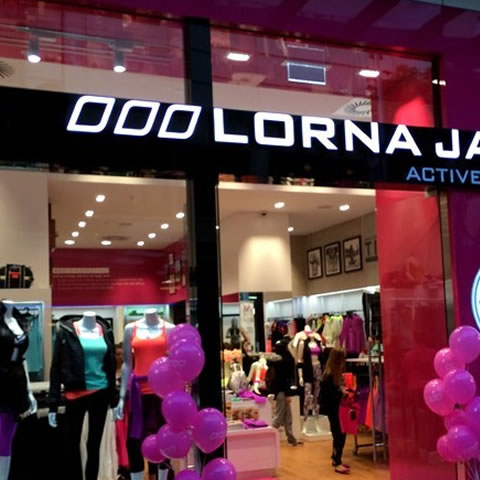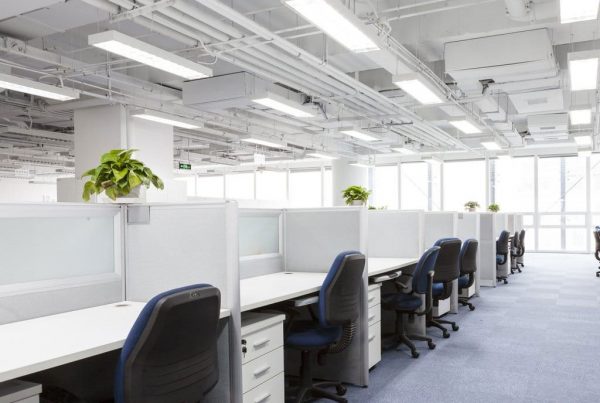Benefits of Retail Lighting
Proper lighting is an essential requirement for every retail area, and every business owner should be aware of this. To be competitive in today’s market, establishments must outshine their competitors. A well-designed lighting scheme attracts customers, guides them through the experience, and defines your business in the best possible way. Retailers miss out on sales growth chances when their lighting isn’t up to standard. Furthermore, the benefits of retail lighting are not just focused on the aesthetics to give your customers a pleasurable lighting experience but also on the lighting cost.
Take a deeper look at retail’s top 5 lighting rules to see if your company meets these objectives.
1.) Keep the retail space’s color temperature consistent
When it comes to the retail industry’s top five lighting standards, color temperature is a critical component of a well-designed lighting plan. The term “color temperature” refers to how warm (yellow) or cold (white to blue-white) light is to the human eye.
Why is color temperature significant in retail environments? First, the color temperature affects how customers perceive a room, with warmer hues providing a cozier atmosphere and cooler temps encouraging a more alert atmosphere. Color temperature also has an effect on a person’s inclination to purchase. If consumers view your place as overly warm, they will be less likely to buy from you. Obviously, the optimal color temperature will vary according to the type of shop space. The trick is to keep the space’s color temperature consistent throughout. Warm and cool lighting should not be combined in the same room, as this generates an unsettling and unpleasant contrast for the eyes.
2.) Layer light sources
To be successful and visually pleasant, the illumination of a room should come from a variety of various light sources. For instance, you do not want to generate all of the lumens in the space just through the above troffer fixtures. When lighting is layered using several fixture types with different light spread directions, it is more pleasing to the eye while maintaining the beautiful quality that the customer expects.
3.) Make use of windows, but do not rely entirely on them
Windows in a retail area can help attain natural lighting, which reduces electrical expenses during the day. While you should maximize your use of natural light because it is the most attractive to the consumer’s eyes, you should not rely on it excessively. If the place is open at night or on a rainy day, that light source will be insufficient without artificial lighting. Make sure to incorporate windows into your lighting design, but avoid relying on them excessively.
4.) Select the ideal CRI
Color rendering index, not to be confused with color temperature, refers to a light fixture’s ability to distinguish colors with the naked eye. The CRI is vital in most locations, particularly in retail spaces where consumers are likely to consider numerous colors. A higher CRI rating provides more significant color differentiation. Therefore, for most retail environments, opt for a CRI of at least 80 + or higher.
5.) Safety first
Most retail spaces will illuminate critical areas, such as those containing merchandise or registers. One of the most significant rules in retail lighting is to prioritize safety, which affects the placement of lights. To avoid safety concerns, you want to ensure that any location with a lack of visibility, such as pathways, stairs, or entrances, is adequately illuminated at all times.




